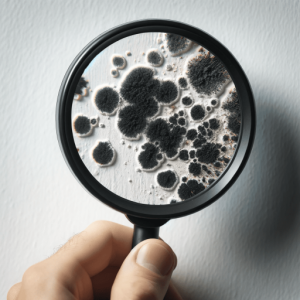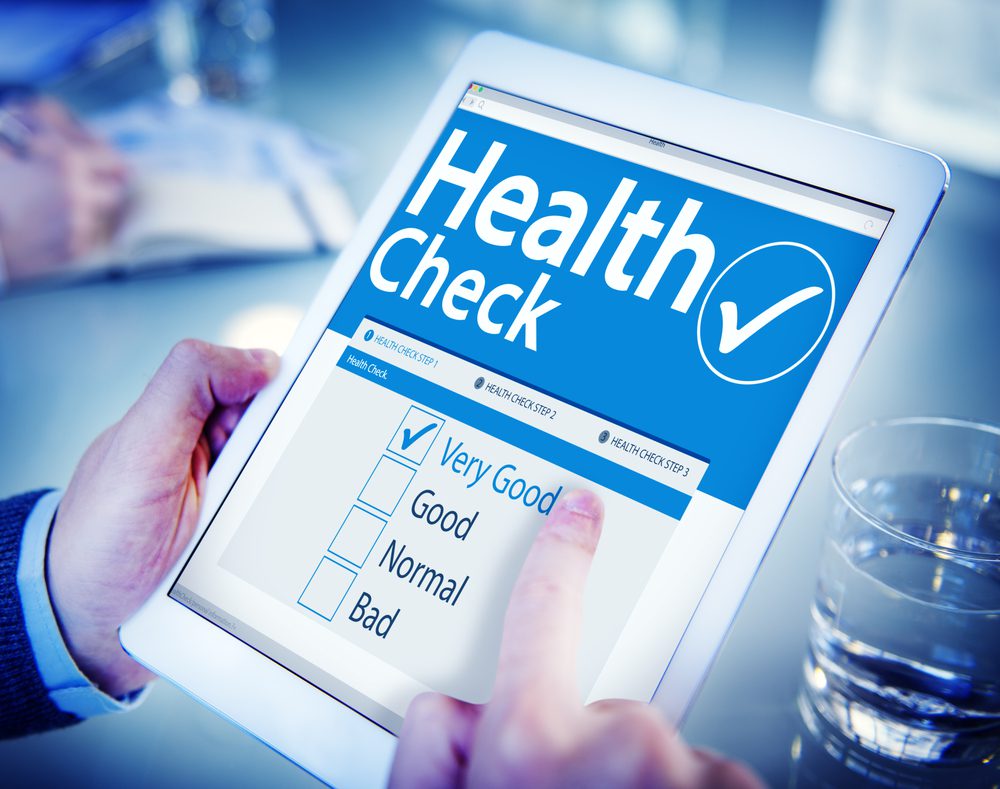Table of Contents
What is in a contaminated building that is making you sick?
In a contaminated building, there can be mould, bacteria, toxins, viruses, parasites, and VOCs, yet most companies only offer airborne and surface mould. The chemicals that are produced by mould and bacteria are not detected- reactive environmental triggers in a water-damaged build are a lot more than mould. Others don’t test for bacteria and if you are testing only for airborne mould, you miss all the organisms that have developed a biofilm and are sticking to walls, ceilings cupboards and furniture.
Contaminants Other Companies Miss
- Bacteria
- Fungal glucans
- Bacterial endotoxins
- Next-generation sequencing for mould and bacteria- i.e testing to a species level
- VOCs in your home
- Carbon dioxide
- Carbon monoxide.
- Breath analysis to show cells absorbing what is in your home.
- Tissue sampling for fungal species.
- Testing of residue removed during Apheresis blood cleaning.
Others Simply Test for Mould.
All of these organisms including bacteria produce chemicals and toxins that can go directly to the brain, creating a change in gene expression, along with producing a cytokine storm within the body- remember 24% of the population have haplotype susceptibility- i.e., they will react to organisms like mould and bacteria.
If there is suspected hidden mould and bacteria, you need to investigate- looking at surface contamination doesn’t tell the full story.
70% of health exposures are due to BACTERIA, not MOULD.
Hidden mould and bacteria will affect you as they produce chemicals that impact the brain and some VOCs which are signalling pathways for bacteria and mould, can affect the normal signalling pathways in the body.
No One Else is Looking at Visual Contrast Sensitivity
 Mycotox uses VCS as a tool to determine whether the client is reacting to mould and bacteria, VOCs or other chemicals- if you think you have found a source and expose the client to it, if it causes a reaction then, that reaction will be reflected in changes in the VCS. The same happens when you take away triggers, the fails in the VCS drop- knowing in which area they dropped, alerts you to what the exposure may be. Below is the surviving mould test which we use on-site.
Mycotox uses VCS as a tool to determine whether the client is reacting to mould and bacteria, VOCs or other chemicals- if you think you have found a source and expose the client to it, if it causes a reaction then, that reaction will be reflected in changes in the VCS. The same happens when you take away triggers, the fails in the VCS drop- knowing in which area they dropped, alerts you to what the exposure may be. Below is the surviving mould test which we use on-site.
Few Use Real Science
Next Generation Sequencing (NGS), real science, for both mould and bacteria will help you understand what is going on, but the building biologists and so-called hygienists are not using them simply because they don’t understand what they are dealing with. If Penicillium purpurogenum is above 5 you had better be looking for contamination in wall cavities. There is a very small unpublished study that found this organism in 6 cancerous breast tissues but not in 3 breast reduction tissues. If you haven’t done real testing, like NGS for mould and bacteria, you would never know if that organism is an issue. Cyanobacteria, one form of bacteria, is currently being linked to Motor Neuron Disease and other possible neurological health concerns. Once again,
if you are not testing for it, how will you know if you have those organisms?
Understanding Brain Inflammation
All of these microbial organisms, to include bacteria, produce chemicals and toxins that can cross the blood-brain barrier.
These exposures will result in a change in gene expression, along with producing a cytokine storm within the body.
24% of the population have haplotype susceptibility, meaning they are prone to reacting to microbial organisms like mould and bacteria. This susceptibility to microbial exposure can lead to symptoms such as brain fog and headaches, all due to inflammation of the brain.
Looking at surface contamination doesn’t tell the full story.
Comprehensive Services by Mycotox
Visual Contrast Sensitivity Testing
This can help your doctor understand potential exposure in your home. We collect the results, leaving interpretation to your medical physician.
Environmental Trigger Reduction:
We conduct physical testing to identify and reduce environmental triggers.
Intrusive Inspections:
We perform cavity wall inspections and examine under bottom wall plates for bacterial growth.
Heavy Metal Testing:
We also test for heavy metals in your home, ensuring a comprehensive assessment of potential hazards.



How can I book this service??? We live in Macquarie Hills NSW 2285
I believe a lot of our health concerns relate to our water seepage issues